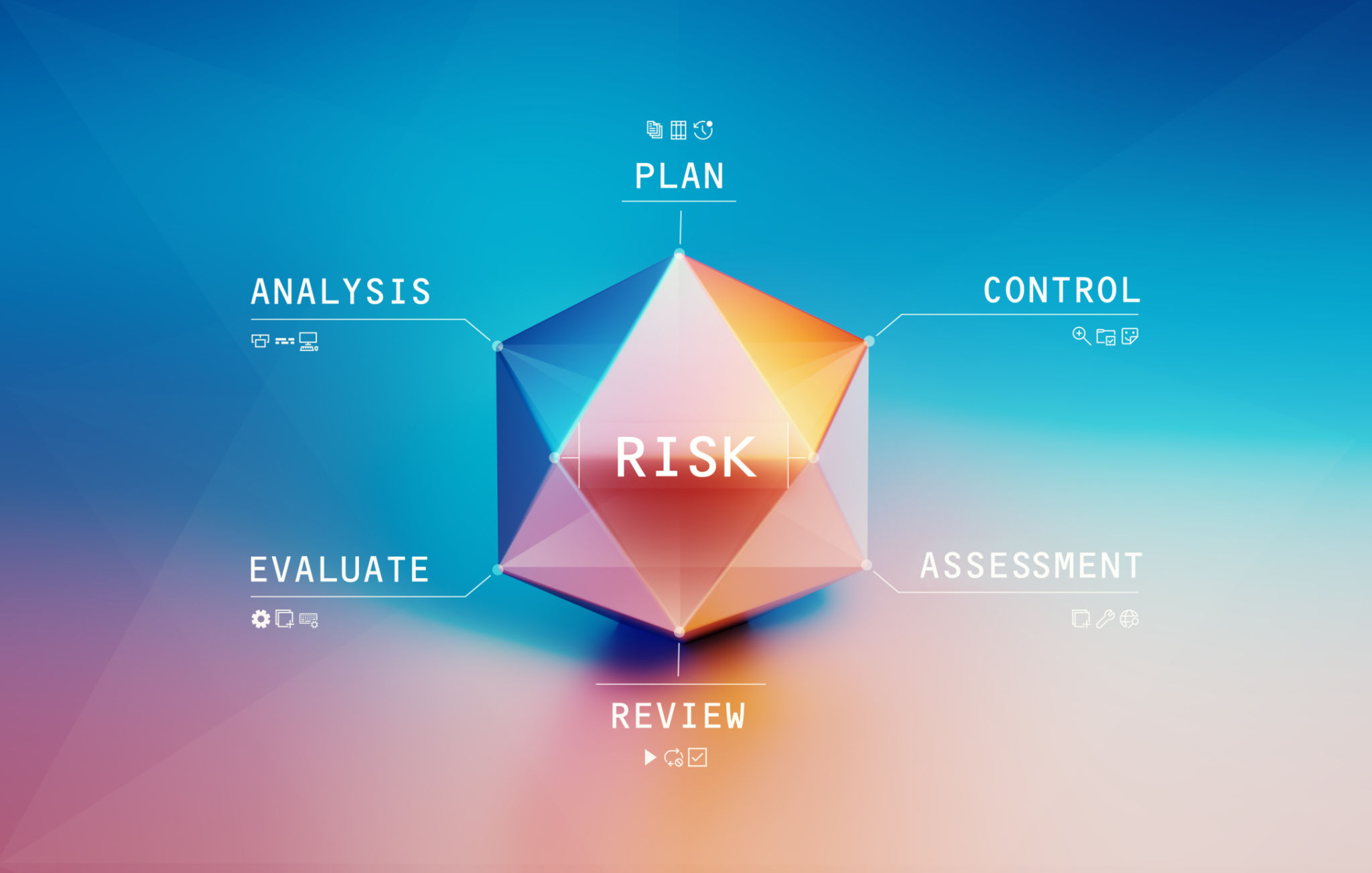Mastering Risk Management with The Phantom Hub: A Step-by-Step Guide
Understanding Risk Management
Risk management is a critical component of any successful business strategy. It involves identifying, assessing, and prioritizing risks to minimize their impact on organizational objectives. With the right approach, businesses can not only mitigate potential threats but also seize opportunities that come with calculated risks. The Phantom Hub offers a comprehensive solution to mastering risk management through its innovative tools and resources.
By adopting a structured approach, companies can effectively manage risks, ensuring business continuity and resilience. Whether you're a small startup or a large corporation, understanding the nuances of risk management is essential for sustainable growth.

The Phantom Hub: A Revolutionary Tool
The Phantom Hub provides a suite of advanced tools designed to streamline the risk management process. Its user-friendly interface and customizable features make it accessible for businesses of all sizes. With The Phantom Hub, you can easily map out potential risks and develop strategic plans to address them.
One of the standout features of The Phantom Hub is its ability to integrate with existing systems, allowing for seamless data collection and analysis. This integration ensures that decision-makers have access to real-time information, enhancing their ability to respond promptly to emerging risks.

Step 1: Identifying Risks
The first step in mastering risk management with The Phantom Hub is identifying potential risks. This involves conducting a thorough analysis of your business environment to pinpoint vulnerabilities. Use The Phantom Hub's data analytics capabilities to gather insights from various sources, ensuring a comprehensive risk assessment.
- Conduct interviews with key stakeholders
- Analyze historical data and industry trends
- Utilize The Phantom Hub's risk identification tools
Step 2: Assessing Risks
Once risks have been identified, the next step is to assess their potential impact. The Phantom Hub offers tools to evaluate the likelihood and consequences of each risk, helping you prioritize which ones require immediate attention. This prioritization is crucial for allocating resources effectively.
Consider factors such as financial impact, operational disruption, and compliance issues when assessing risks. The Phantom Hub's intuitive dashboard provides a visual representation of your risk landscape, making it easier to understand complex data.

Step 3: Developing Risk Mitigation Strategies
After assessing risks, it's time to develop strategies to mitigate them. The Phantom Hub offers templates and frameworks to guide you in creating effective risk response plans. These plans should be tailored to your organization's specific needs and objectives.
- Create action plans for high-priority risks
- Develop contingency plans for unexpected scenarios
- Regularly review and update risk mitigation strategies
Continuous Monitoring and Improvement
Risk management is not a one-time task; it requires continuous monitoring and improvement. The Phantom Hub's real-time alerts and reporting capabilities ensure that you stay informed about changes in your risk environment.
Regularly review your risk management strategies and make necessary adjustments based on new data and insights. By fostering a culture of continuous improvement, your organization can remain agile and resilient in the face of uncertainty.

Mastering risk management with The Phantom Hub empowers businesses to navigate challenges confidently. By following these steps and leveraging advanced tools, you can protect your organization from unforeseen threats while capitalizing on opportunities for growth.